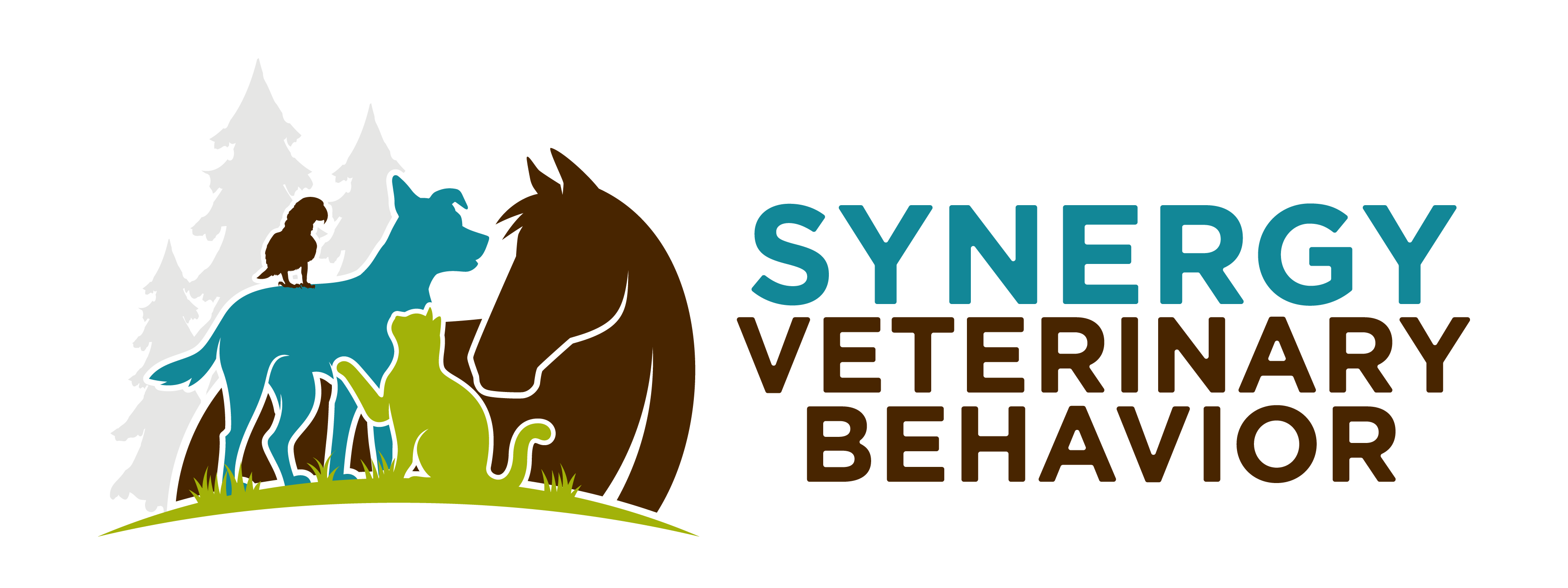Bunting, head-butting or face-rubbing, is something anyone who has been around cats will recognize. Cats will rub against inanimate objects, as well as people or other animals that they feel comfortable with. The term “allorubbing” is also used when bunting is done in a social context.
Cats have scent glands along the sides of their mouth, chin, forehead, and their ears. They also have them between their pads and hind end. When a cat rubs on a surface, some of their sent is left behind. Cats appear to be very sensitive to the smell of other cats that do and do not belong in their social group. It is believed that a primary function of rubbing is to help establish a “colony scent” to more easily identify non-colony members, as well as indicate areas of usage. When done on a person, another cat, or other animal, it appears to be part of a greeting behavior pattern.
Often, bunting starts with a little bit of sniffing on the area or individual in question, then the cat rubs the side of the nose, mouth and cheek against the target. Sometimes this evolves into a full-body rub, sometimes the cat rubs one side of the face a couple of times, or one side of the face then the other. Cats may show different patterns of rubbing based on the height of the target site, or possibly the social relevance of the individual being rubbed. The function of the different patterns of rubbing has not yet been determined.
How does your cat greet you when you come home?
